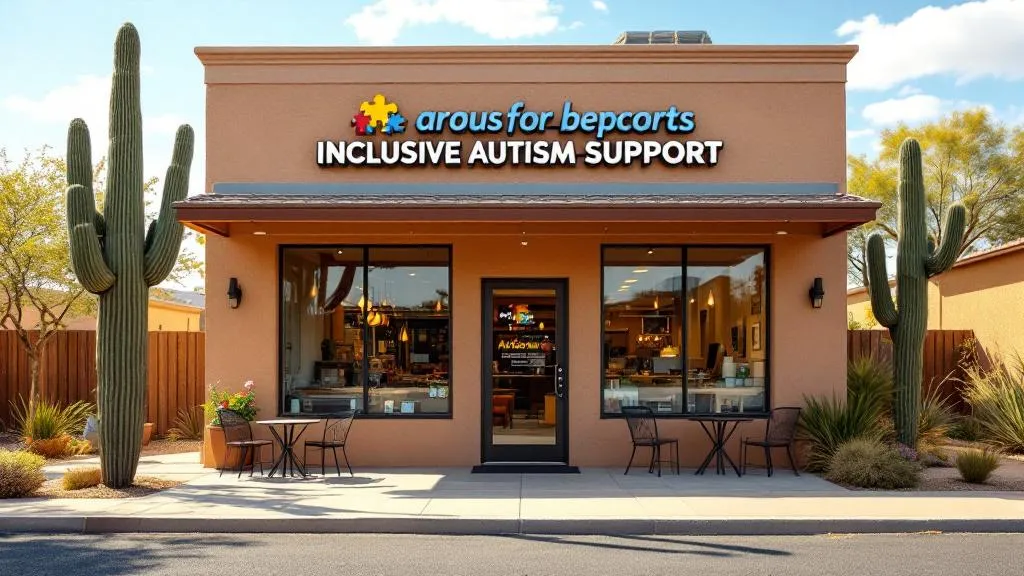How to use ABA strategies in community outings
Practical Approaches to Using ABA in Public Settings

Enhancing Community Outings with ABA Strategies
Community outings are a vital component of ABA therapy for children with autism, providing real-world contexts for skill generalization, social interaction, and adaptive behavior reinforcement. This article explores targeted strategies to prepare children, implement ABA techniques effectively during outings, and promote continued progress outside the therapy environment.
Setting Clear Objectives for Community Outings
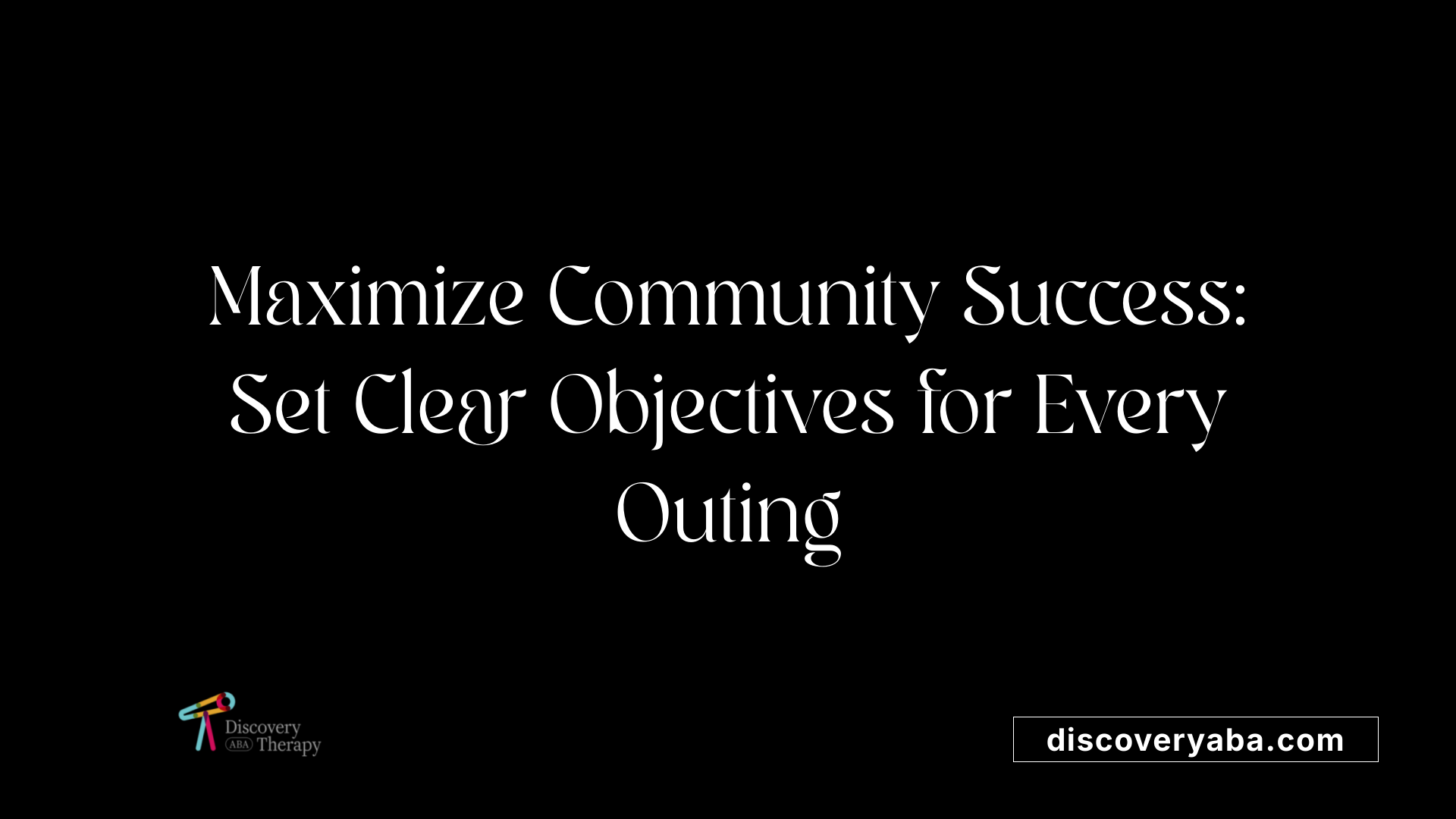
What are the goals of community outings in ABA?
Community outings are an essential part of Applied Behavior Analysis (ABA) that focus on helping children transfer skills learned in therapy to real-life situations. These outings aim to increase a child's comfort and resilience in unfamiliar environments by gradually exposing them to new settings.
The primary goal is to enhance social interactions, independence, and adaptive behaviors, enabling children to practice functional skills in natural contexts. For example, children might learn how to navigate a grocery store, greet others politely, or follow safety routines.
Additionally, community outings help reduce anxiety associated with new or challenging environments, boosting children’s confidence. Overall, these activities promote meaningful progress that supports children in becoming more integrated into community life.
What are the community goals for ABA?
Community goals for ABA focus on empowering individuals with developmental challenges to participate actively in everyday life. This includes fostering social engagement, improving functional independence, and generalizing skills learned in therapy to various community settings.
Specifically, Community-Based Instruction (CBI) seeks to promote autonomy and self-confidence by practicing skills like shopping, traveling, or using public transportation. The broader aim is to help individuals lead meaningful, self-directed lives within their communities.
Supporting frameworks, such as the Rainbow approach and tools like the Child Mania Rating Scale, are also integrated to offer comprehensive care, especially for children with additional needs like bipolar disorder. Overall, these goals emphasize creating inclusive environments where individuals can develop essential life skills and build relationships.
| Goal Area | Focus | How It’s Achieved |
|---|---|---|
| Skill Generalization | Apply skills across settings | Practice in natural environments, using real-world scenarios |
| Social Integration | Build social skills | Role-playing, social stories, peer interactions |
| Independence | Promote self-reliance | Task analysis, guided practice, reinforcement |
| Community Engagement | Increase participation | Visits to public places, community activities |
Understanding and setting these clear objectives ensures that community outings serve as effective tools for growth and integration. Continuous planning, gradual exposure, and reflecting on each experience help foster lasting progress in children’s development.
Pre-Planning and Preparing the Child
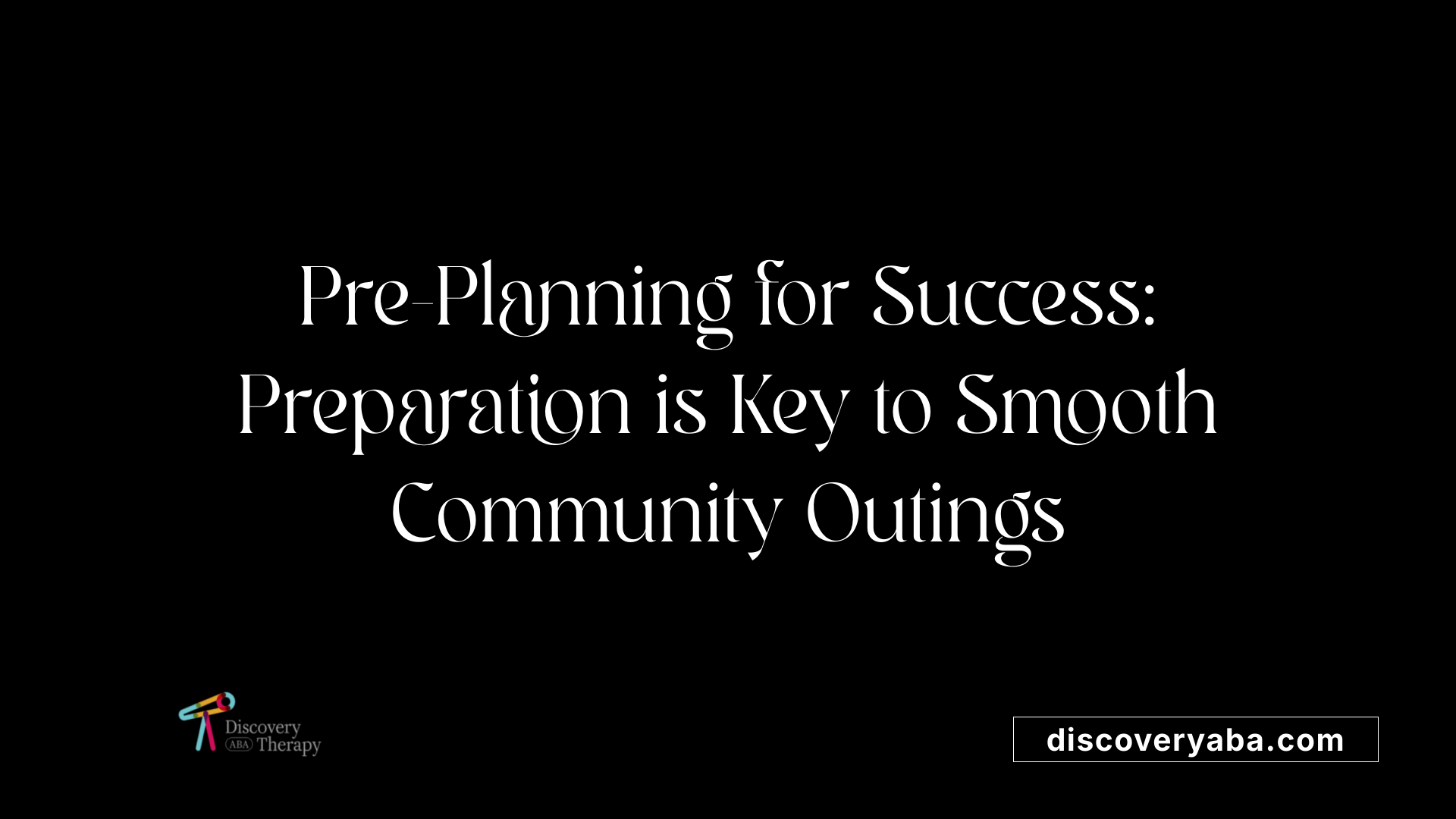
How can ABA be used to make community outings more effective?
ABA (Applied Behavior Analysis) plays a crucial role in helping children navigate community outings smoothly. It starts with setting clear goals tailored to the child's unique needs, such as learning to walk beside an adult or waiting patiently in line.
Preparation techniques, like priming with social stories and role-playing scenarios, help children become familiar with the environment beforehand. For instance, a social story might explain what to expect at a grocery store or park, reducing anxiety and confusion.
Using reinforcement strategies is vital. Preferred items, praise, or engaging activities serve as motivators for appropriate behavior. Consistent practice of skills like sharing or waiting supports the child's understanding and independence.
Gradual exposure to new settings helps build confidence. This can start with visits to familiar places and slowly move to less familiar environments, always reinforcing positive behaviors.
Finally, reflecting after each outing allows caregivers to identify successful techniques and areas needing adjustment. This ongoing process encourages continuous progress, building the child’s confidence in community settings.
How to apply ABA strategies in community outings?
Applying ABA during outings involves multiple coordinated steps. Before leaving home, caregivers can use visual supports like schedules or checklists to prepare the child and manage expectations. Providing verbal cues such as “First, we walk calmly,” helps the child understand what comes next.
Priming with social stories and role-playing can simulate real experiences, making the outing less overwhelming. Visual schedules outline the planned activities, while timers and countdowns prepare the child for transitions, giving them time to adjust.
During the outing, reinforcing positive behaviors is essential. When the child follows directions or demonstrates patience, immediate praise or preferred items can be used as reinforcers.
Managing transitions smoothly is supported by using timers, countdowns, and transition objects—small toys or sensory items that ease movement from one activity to another.
Additionally, caregivers should set clear boundaries, such as holding hands or walking next to an adult, and gradually fade prompts to foster independence.
Cooperation with professionals, like ABA providers, can tailor strategies specific to the child’s needs. Consistency across settings and caregivers maximizes learning and generalization.
Incorporating these ABA strategies transforms community outings from potential stressors into opportunities for skill building, confidence, and social growth.
Applying Reinforcers and Praise Effectively
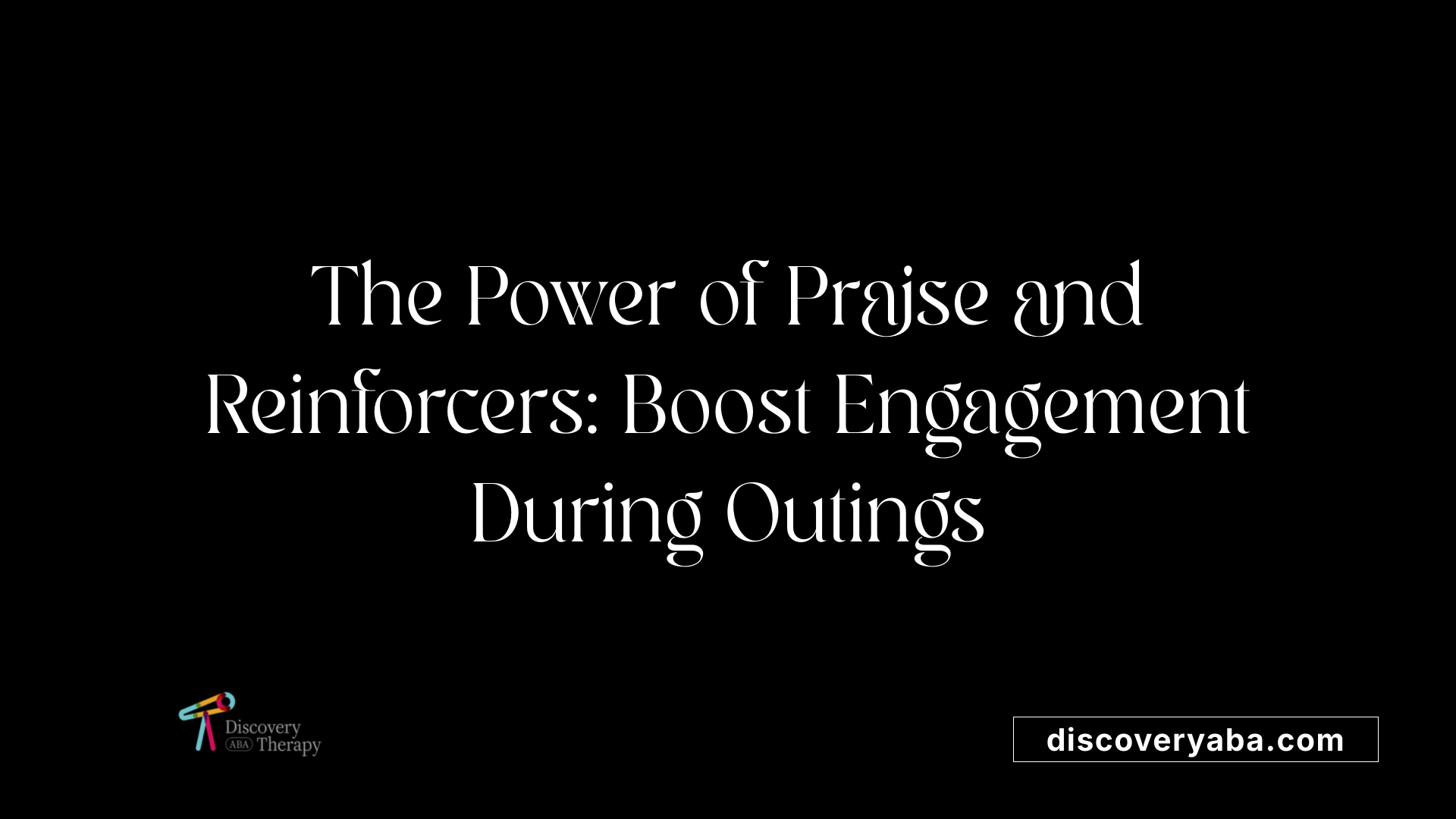 When working with children during community outings, customizing reinforcement and praise strategies can significantly improve behavior and learning.
When working with children during community outings, customizing reinforcement and praise strategies can significantly improve behavior and learning.
Identifying preferred reinforcers is essential. These might include favorite snacks, toys, or activities that motivate the child. Using these reinforcers encourages children to participate actively and adhere to expected behaviors.
Using behavior-specific praise enhances the effectiveness of positive reinforcement. Instead of general praise like "Good job," specific comments such as "Great holding hands" or "Walking calmly" directly reinforce the behavior you want to see repeated.
Celebrating small successes is crucial in maintaining motivation. Recognizing achievements like tolerating a haircut, waiting patiently in line, or transitioning smoothly between activities helps build confidence and promotes consistent progress.
Incorporating these strategies during outings involves a few key practices. First, ensure reinforcers are immediate and consistently provided across environments and caregivers. Second, give clear, simple instructions tailored to the child's response level, and commend each step of progress.
Summary Table of Strategies
| Strategy | Description | Benefit |
|---|---|---|
| Preferred Reinfocers | Items like snacks or toys tailored to the child | Motivation to engage and comply |
| Behavior-Specific Praise | Direct comments on specific actions | Reinforces desired behaviors |
| Celebrating Small Wins | Recognizing minor successes | Builds confidence and encourages progress |
By using these approaches, parents and therapists can foster more effective and positive experiences during community outings, supporting ongoing learning and skill development.
Managing Challenging Behaviors and Promoting Independence
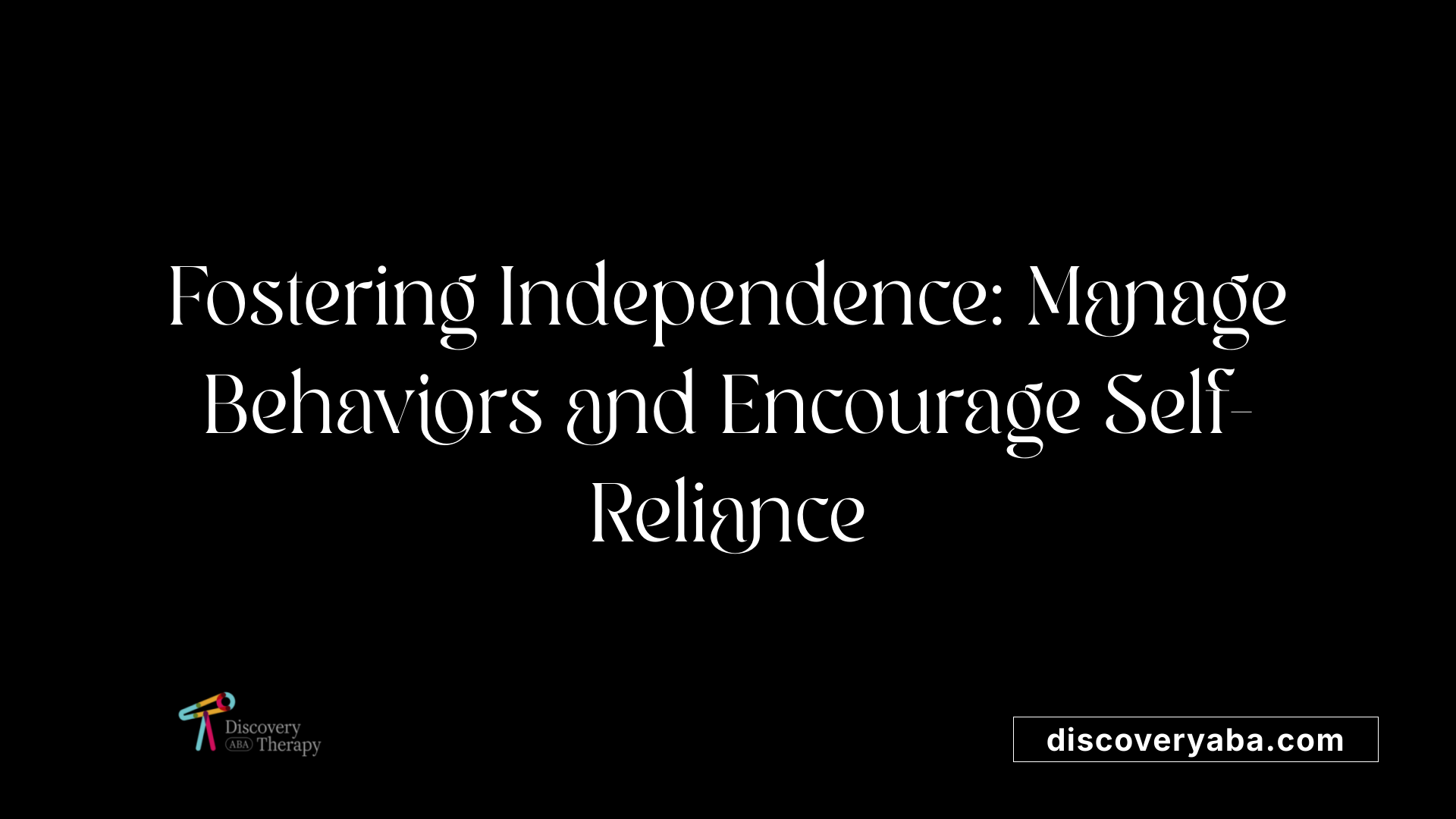
How to apply ABA strategies in community outings?
Applying ABA strategies effectively during community outings involves thorough preparation and consistent practices. Start by pre-teaching the child using social stories, visual supports, and role-playing activities that familiarize them with the environment and expected behaviors. Visual schedules and checklists can clarify routines, helping children understand what comes next and minimizing anxiety.
Timers and countdowns are useful tools to manage transitions, providing warnings before moving from one activity or location to another. Breaking down complex tasks—like crossing a busy street or waiting in line—into small, manageable steps makes them less overwhelming.
Reinforcement plays a vital role. Immediate, specific praise for positive behaviors, alongside preferred toys or snacks, encourages ongoing cooperation. The Pre-MAC (High-Probability Request Sequence) technique can be implemented by first requesting a high-probability activity that the child is likely to follow, followed by the low-probability or less preferred behavior, boosting compliance.
Establishing clear boundaries, such as holding hands or walking next to a parent, helps the child understand expectations. Over time, prompts can be gradually faded to foster independence. Consistency across caregivers and settings supports skill generalization. Additionally, involving family members and working with professionals like BCBAs ensures strategies are tailored and effective.
Effective application of these strategies ensures a more positive and safe outing experience for children with autism and their families.
How to handle challenging behaviors and foster independence?
Managing challenging behaviors in public requires calmness and strategic redirection. When a behavior occurs, staying composed helps de-escalate the situation. Redirect the child's attention to appropriate activities or alternatives, such as offering a favorite toy or suggesting a calming activity.
Using functional communication methods is essential. Teaching children simple phrases like 'I need a break' or 'All done' enables them to express their needs effectively, reducing frustration that might lead to challenging behaviors.
Fading prompts gradually is another critical strategy. Initially, prompts might be needed to guide behavior, but over time, these cues are reduced, encouraging the child's independent decision-making and action.
Consistent reinforcement for positive behaviors—like praising calm demeanor or successful transitions—helps build the child's sense of autonomy. Collaborating with trained practitioners such as BCBAs ensures interventions are personalized and effective, supporting long-term independence.
Together, these approaches foster greater self-regulation and skills that can be generalized beyond outings, promoting a more enjoyable experience for the child and their family.
Supporting Community Participation and Progress
Successful community outings require careful planning, tailored ABA strategies, and ongoing collaboration between parents, therapists, and community providers. Preparing children beforehand, establishing clear expectations, reinforcing positive behaviors, and managing challenging behaviors calmly are key components. Reflecting after each outing allows caregivers to recognize successes and identify areas for improvement, ensuring continuous growth. With consistent practice and professional support, children can develop essential skills and enjoy meaningful participation within their communities, fostering independence and confidence.
References
- Navigating Community Outings: Strategies for Success
- Community Outings - Bright Mosaic
- How to Use ABA Strategies in Public Settings
- A Guide to Implementing NETA Techniques in ABA Therapy
- ABA Therapy Approach to Enhancing Focus and Reducing ...
- Effective School-Based ABA Techniques for Every Child
- ABA Therapy at Home: a Definitive Guide | BIFA
- Navigating Community Outings: Strategies for Success
- Implementing ABA Strategies: Practical Tips for Everyday Life
Does Your Child Have An Autism Diagnosis?
Learn More About How ABA Therapy Can Help
Find More Articles
Contact us
North Carolina, Tennessee, Nevada, New Jersey, Utah, Virginia
New Hampshire, Maine
Massachusetts, Indiana, Arizona, Georgia
.avif)























